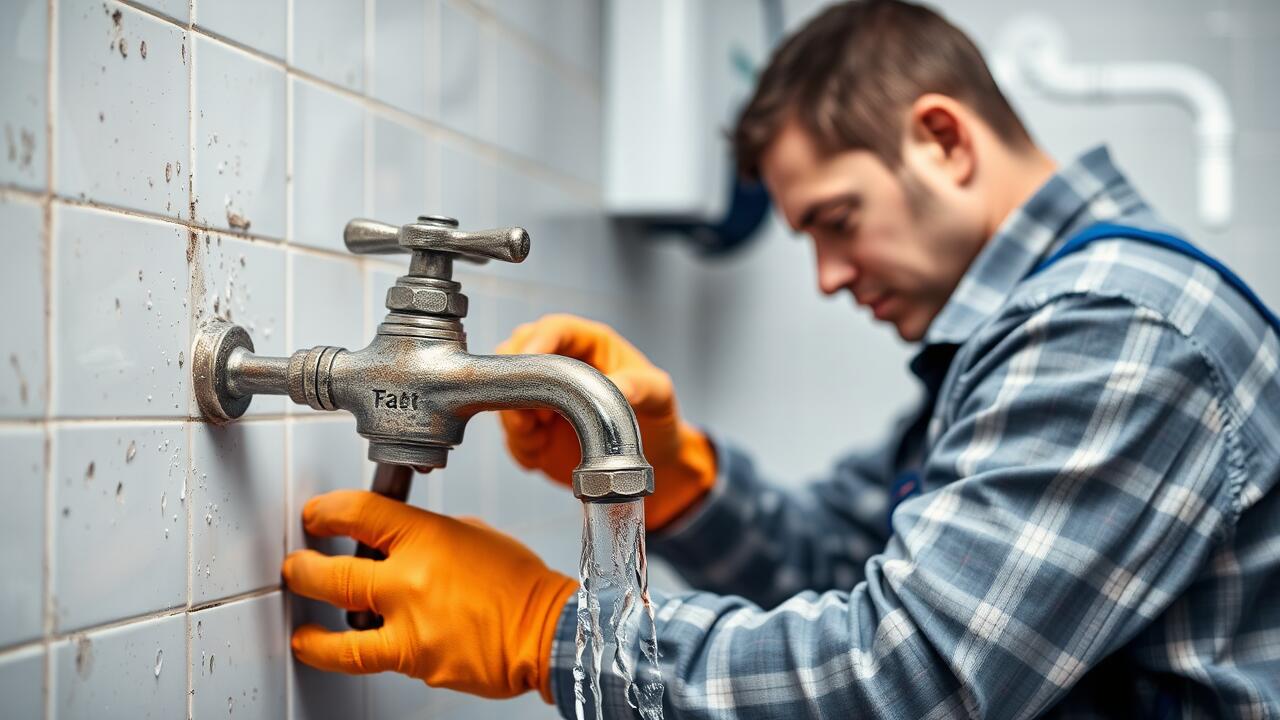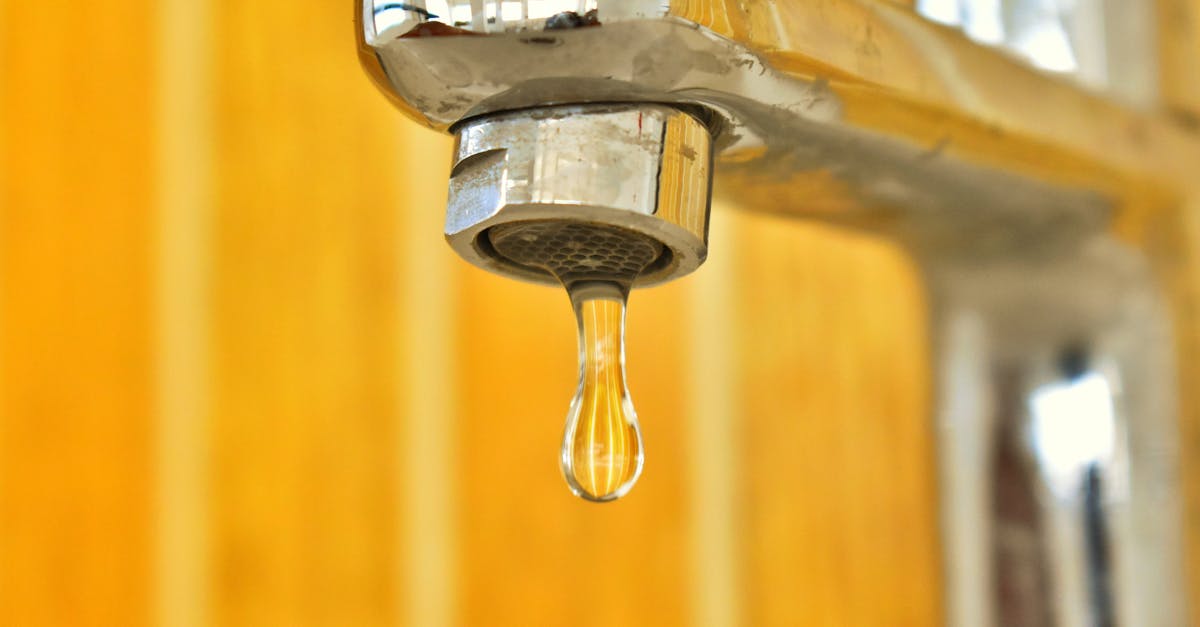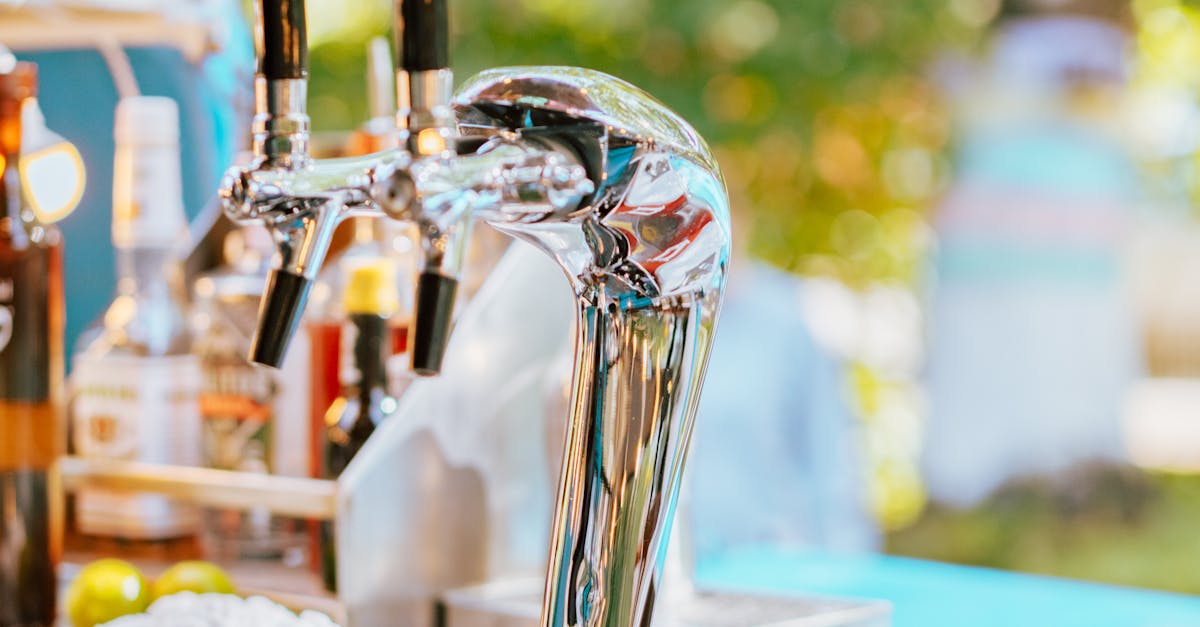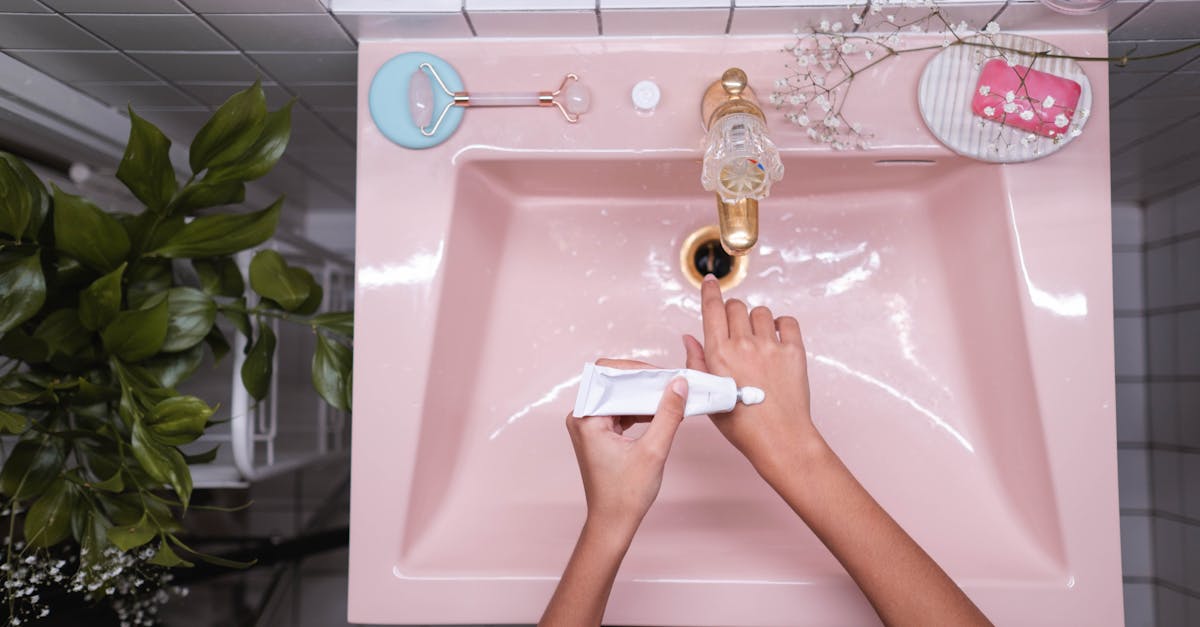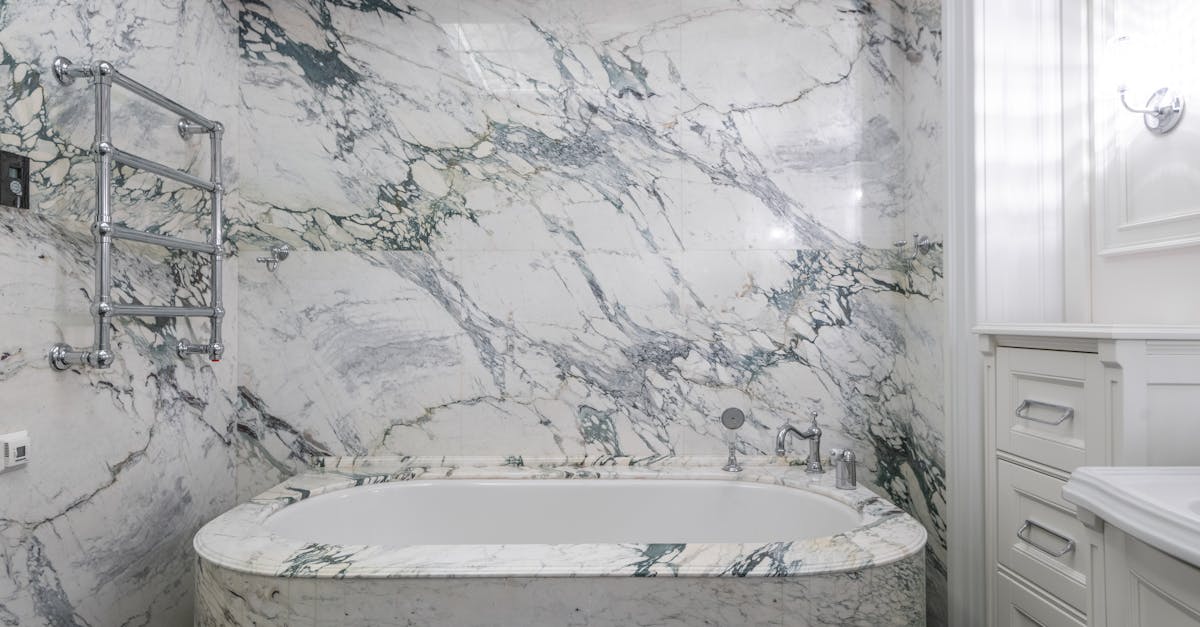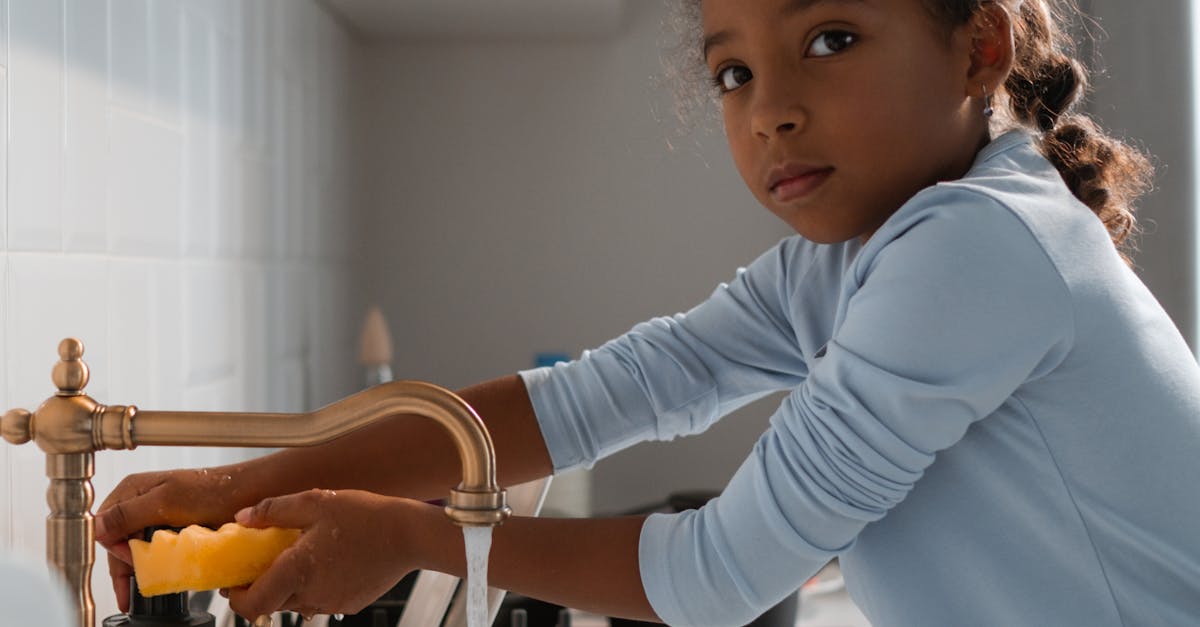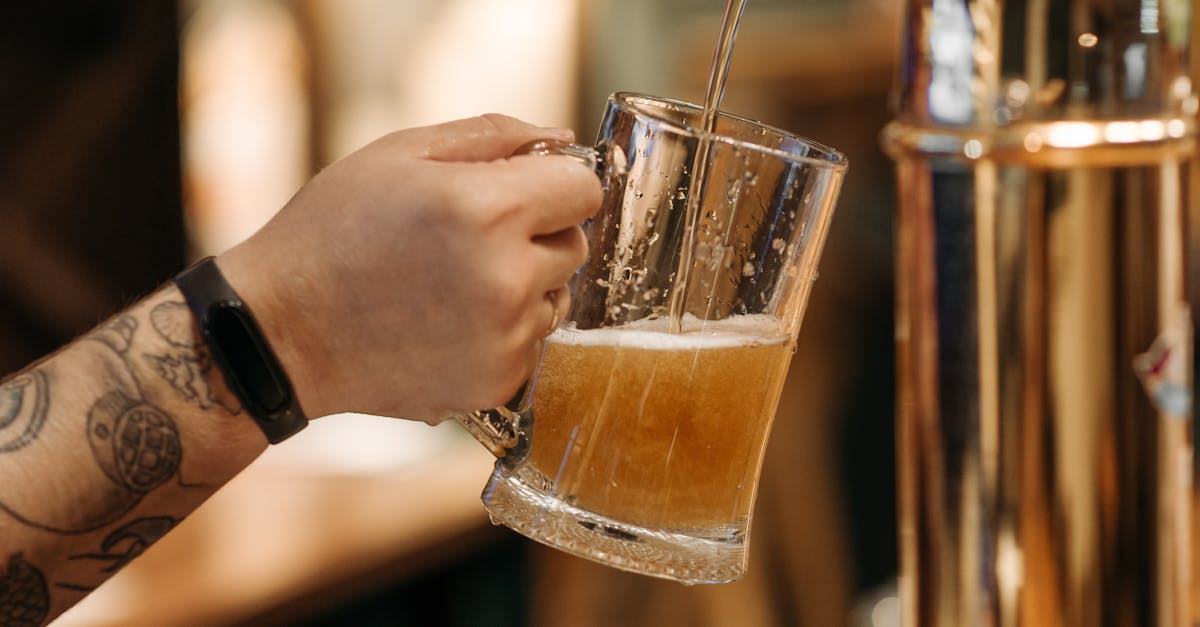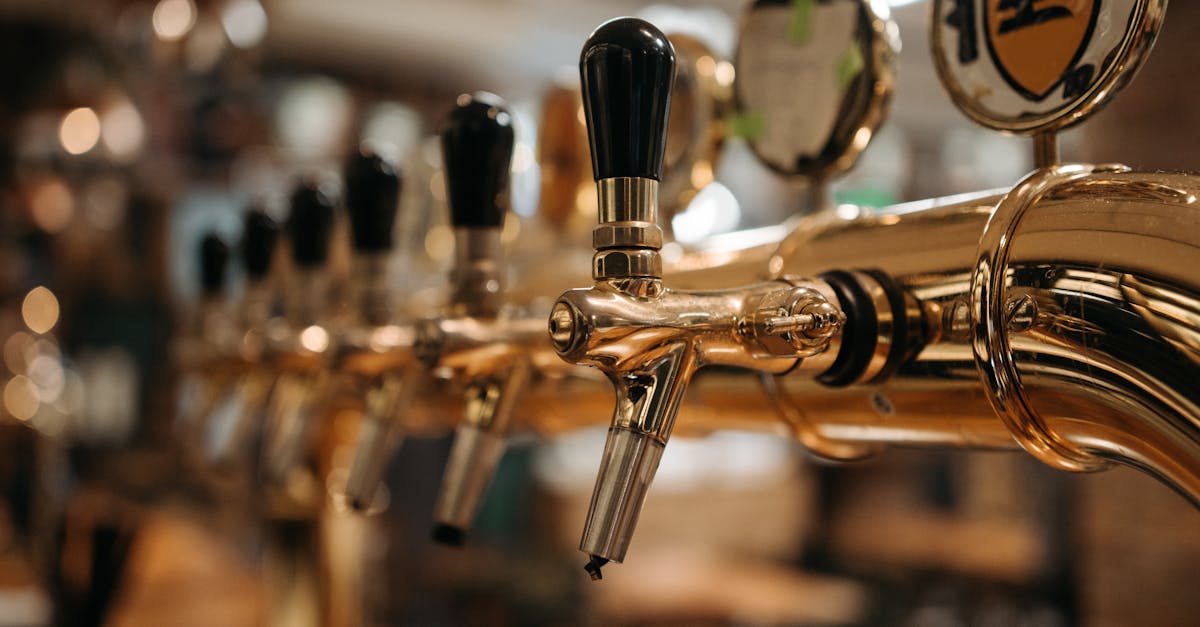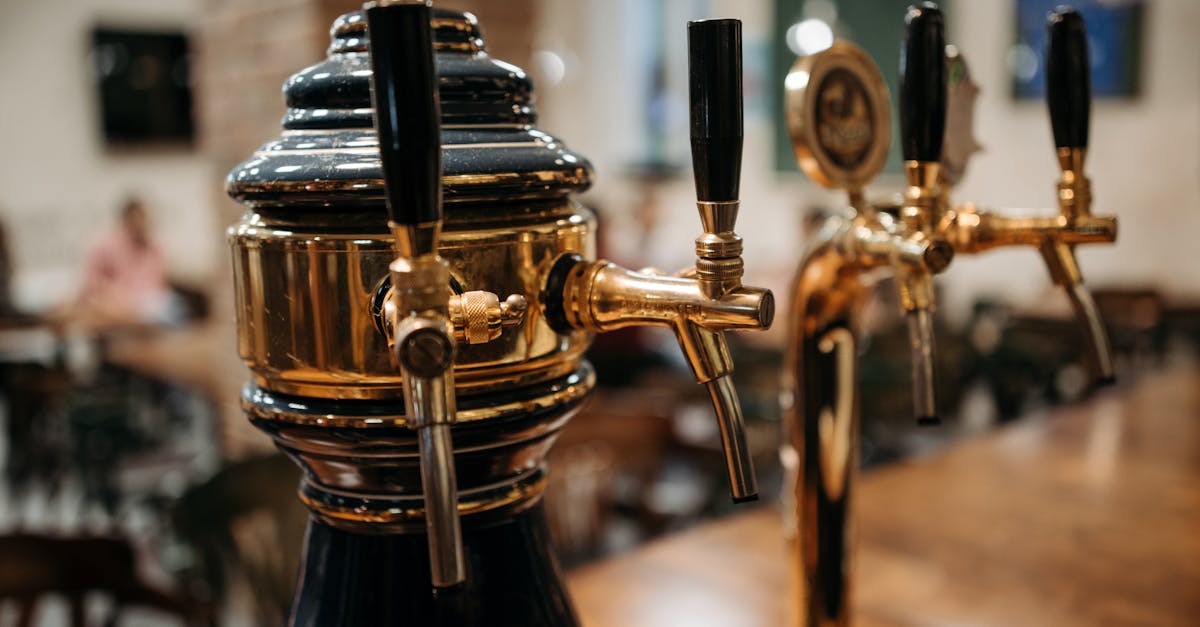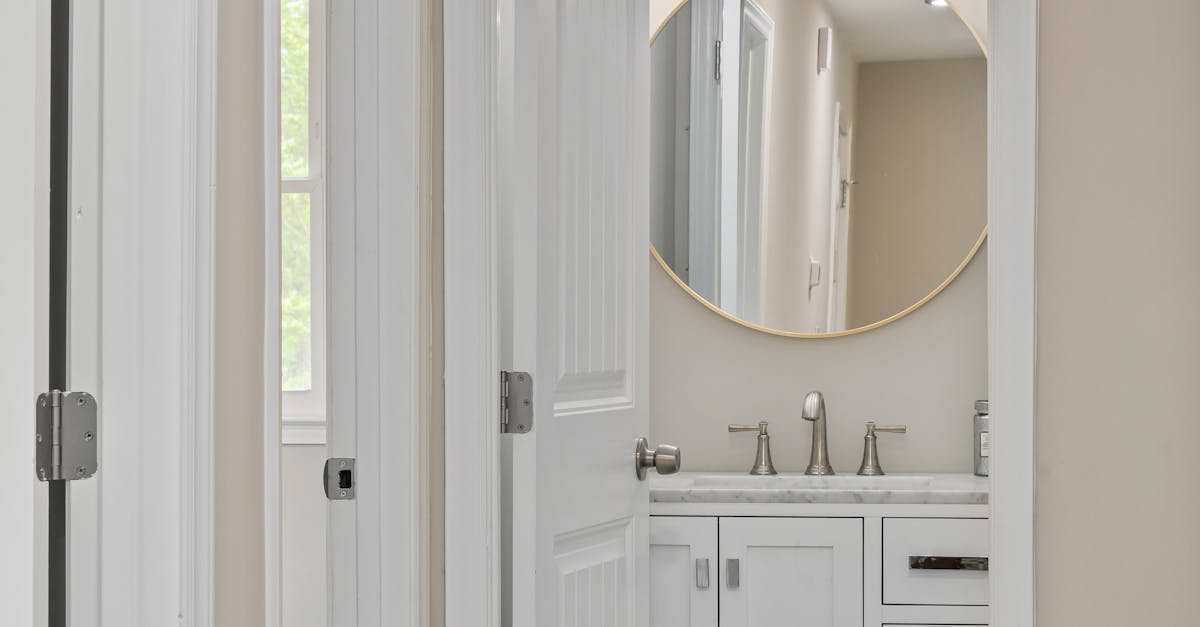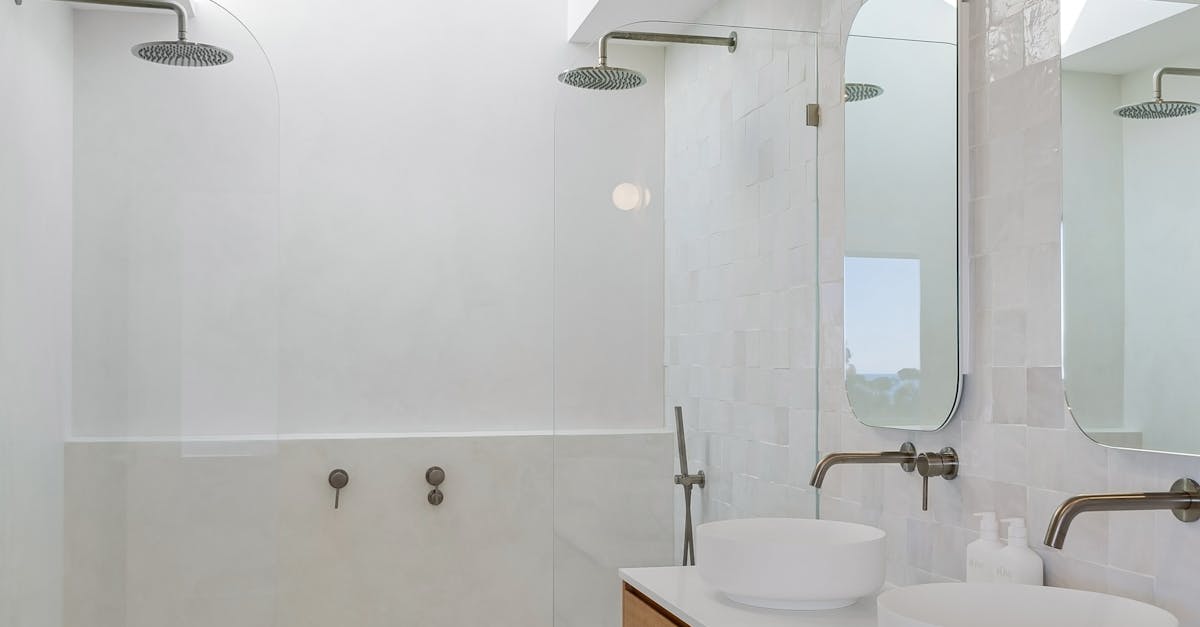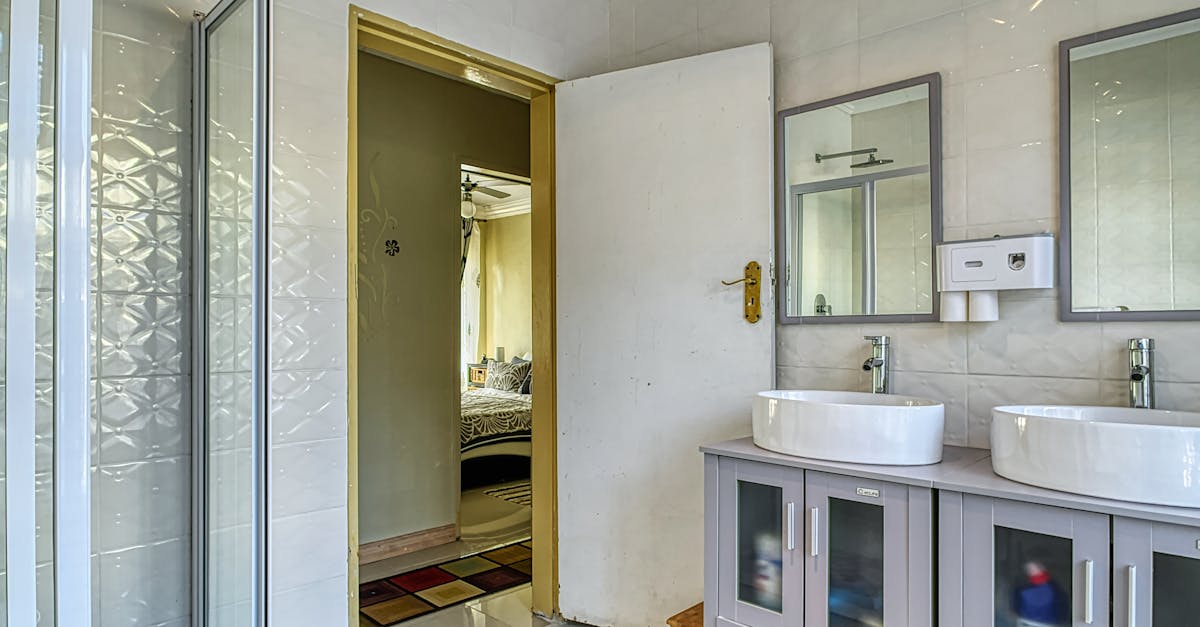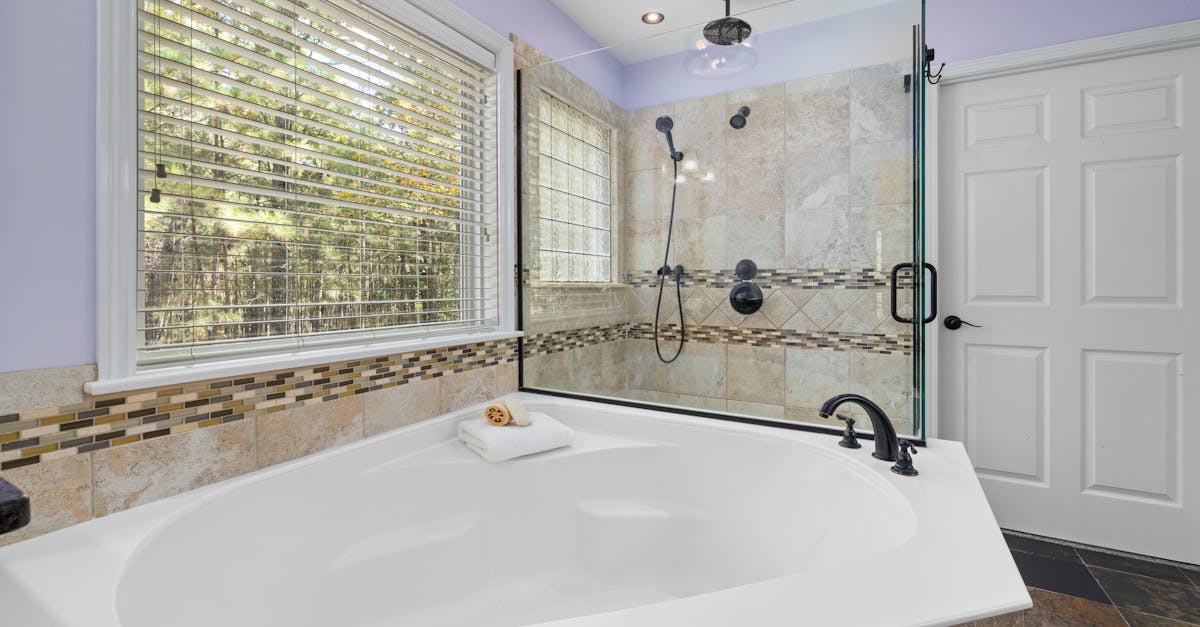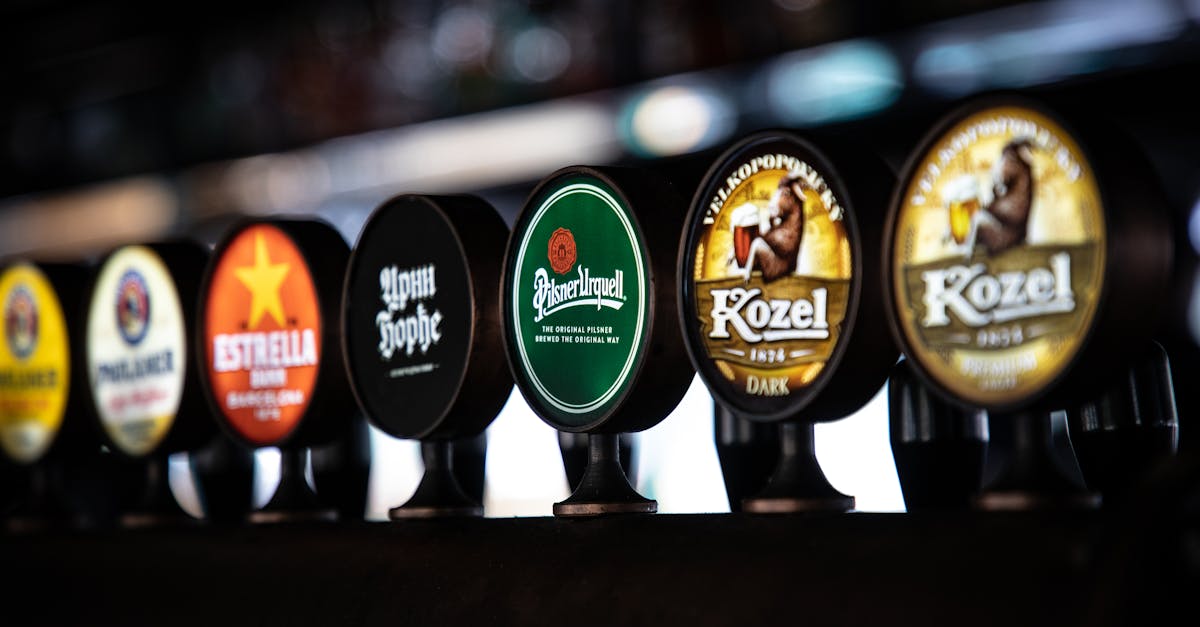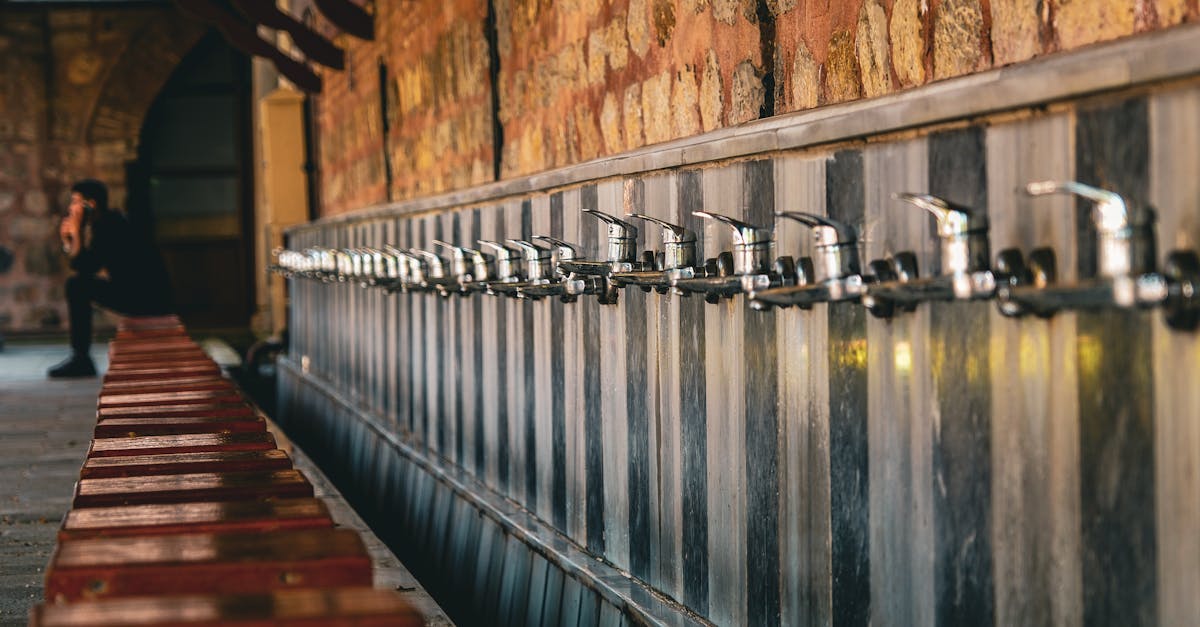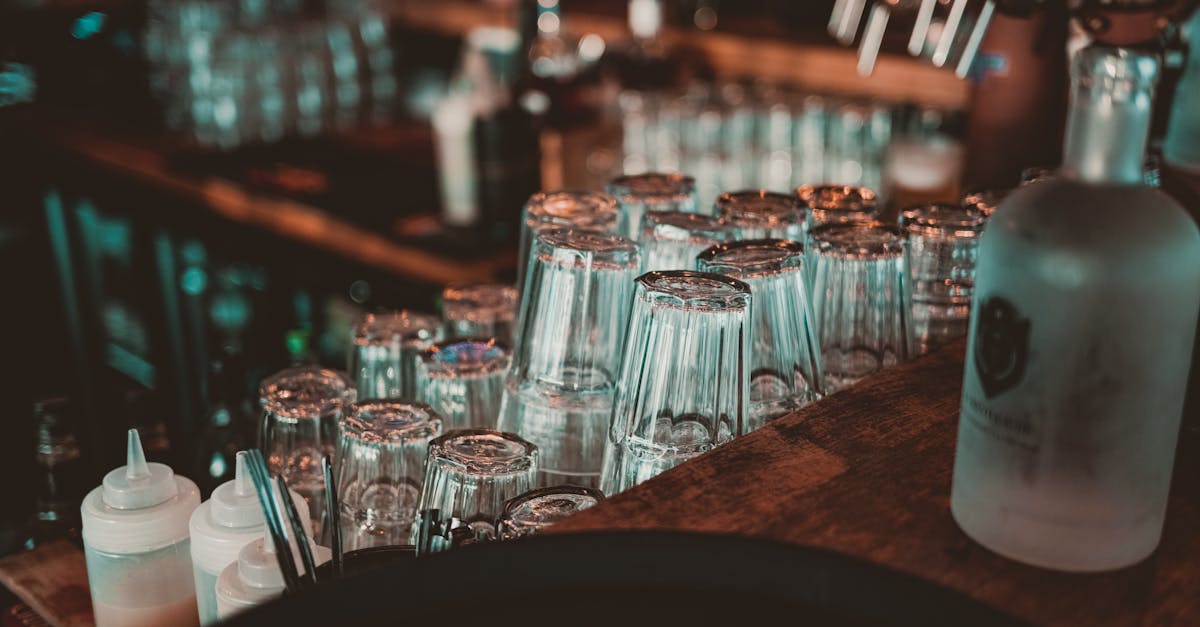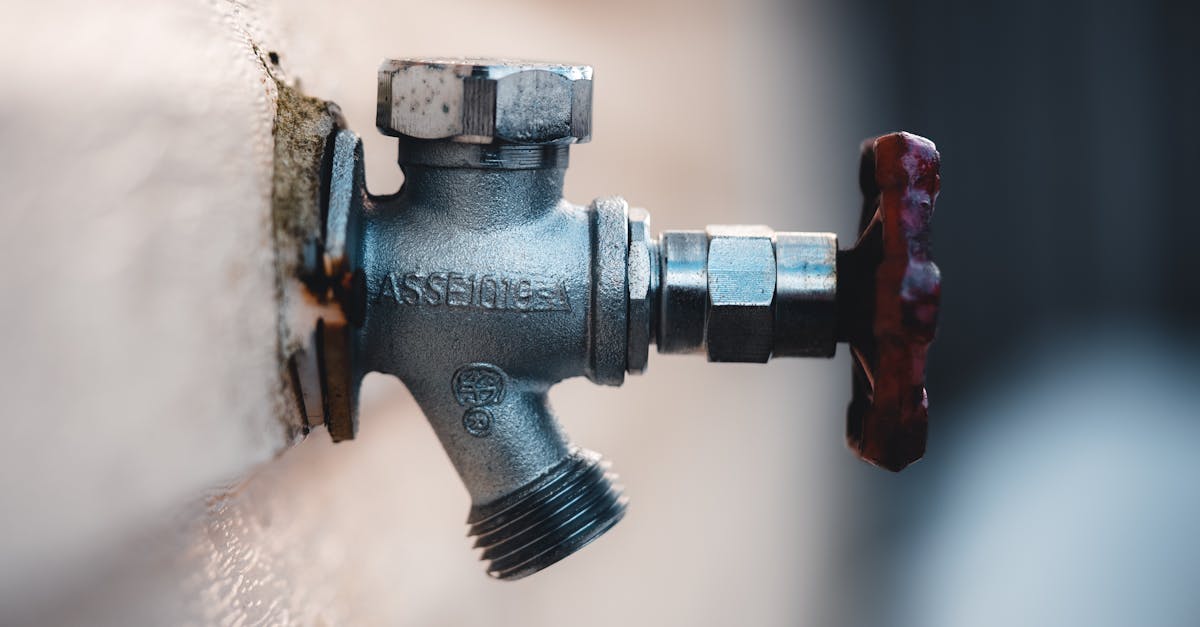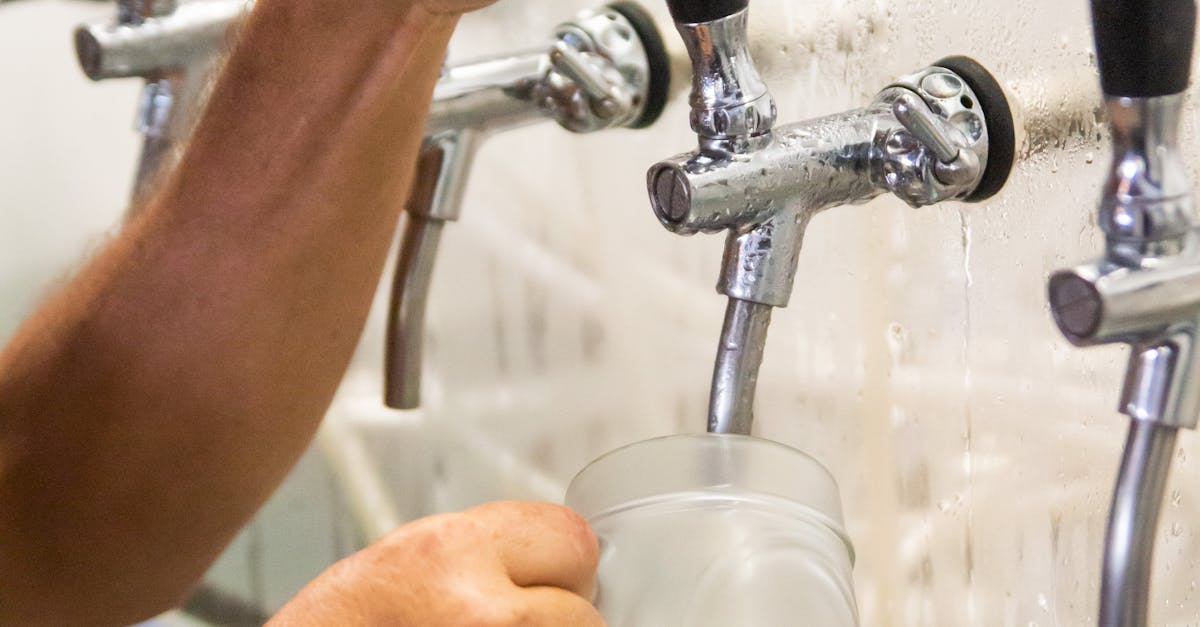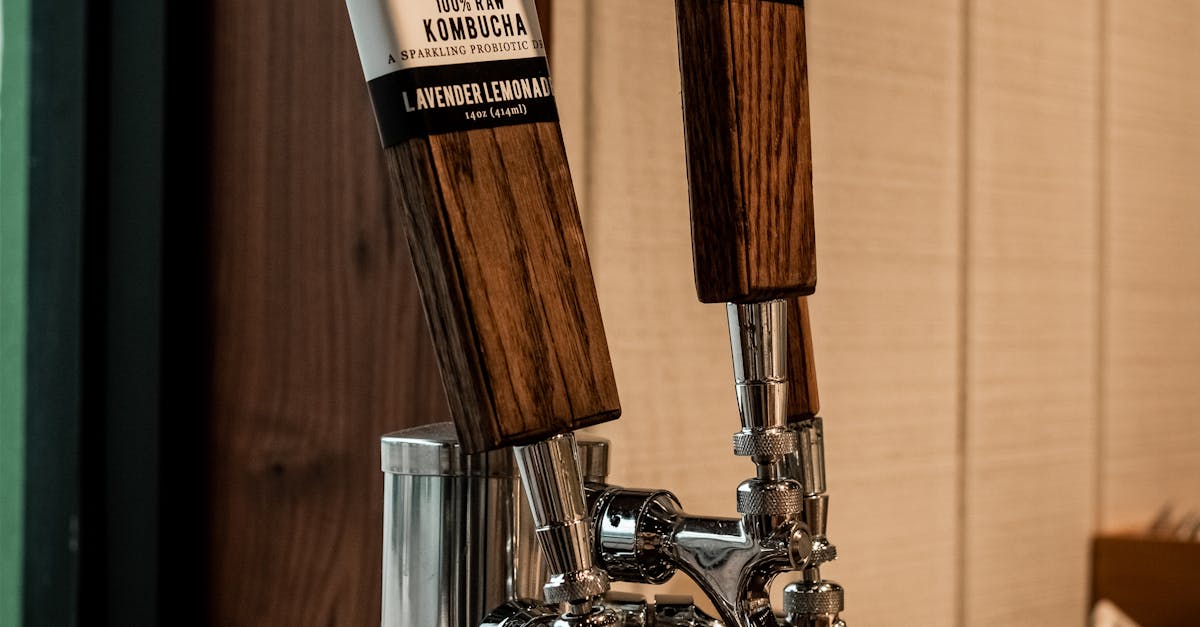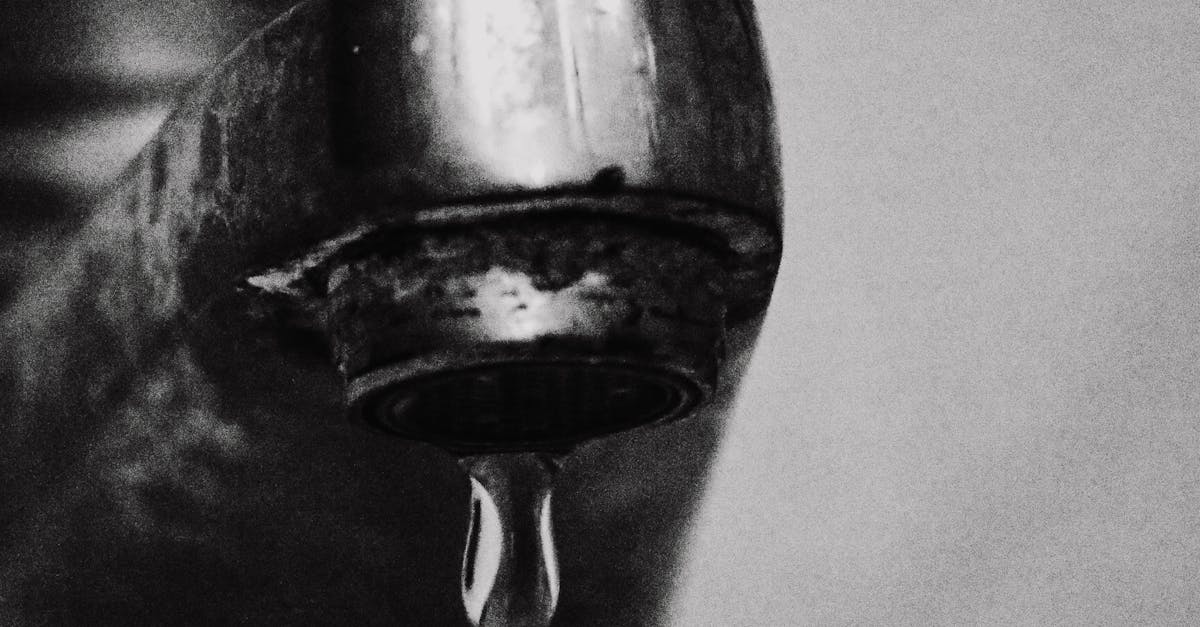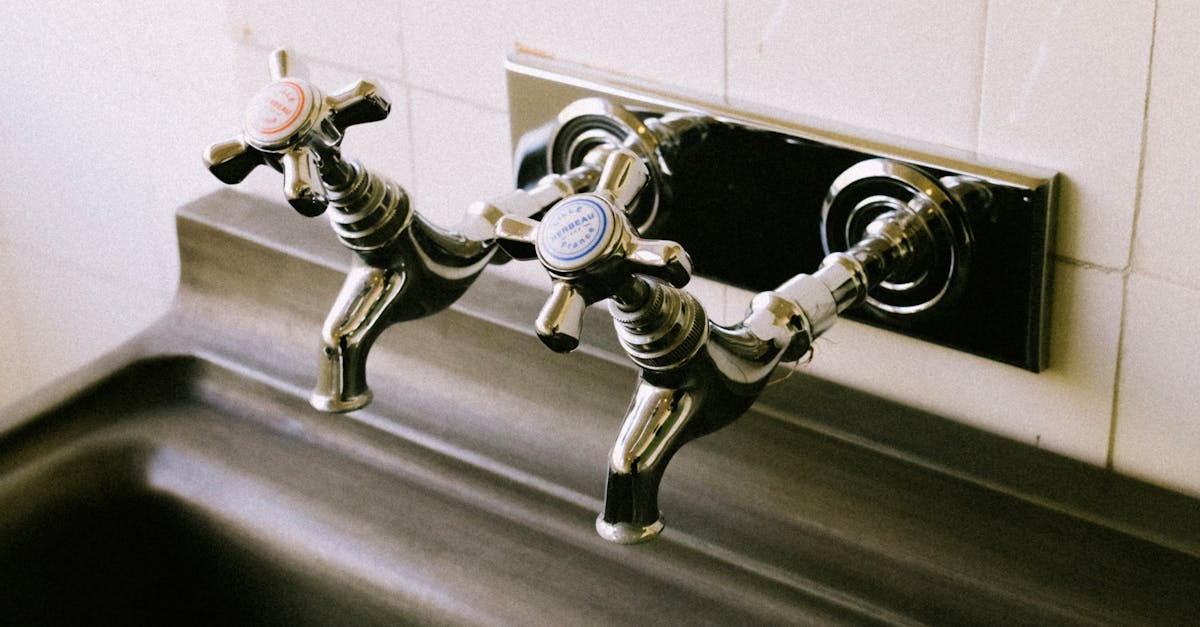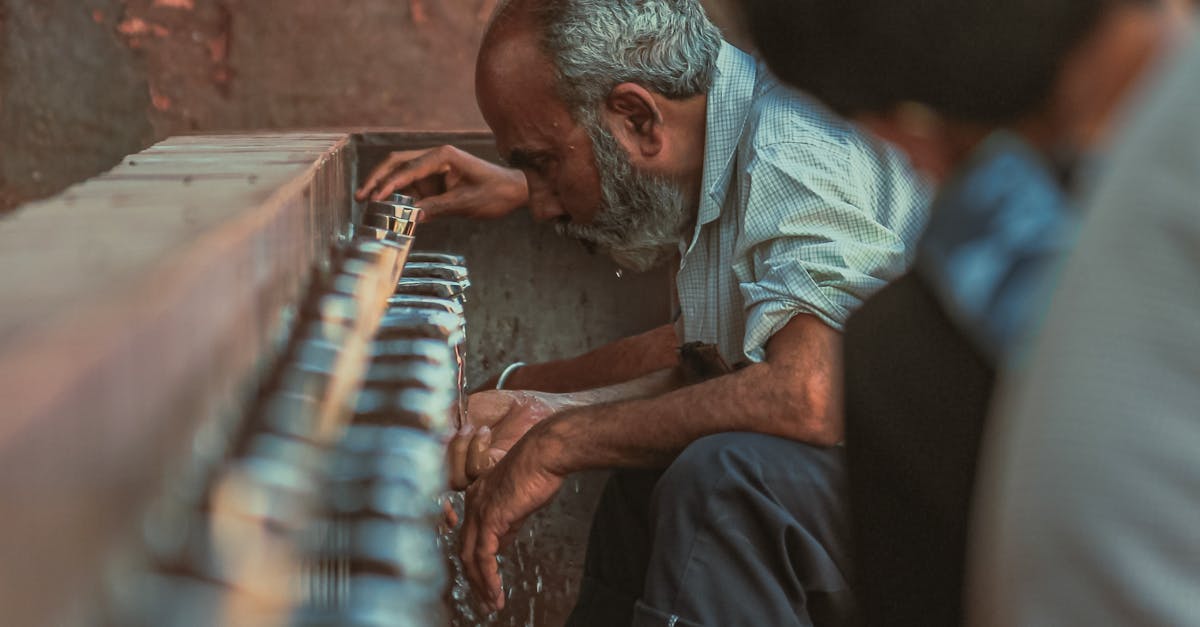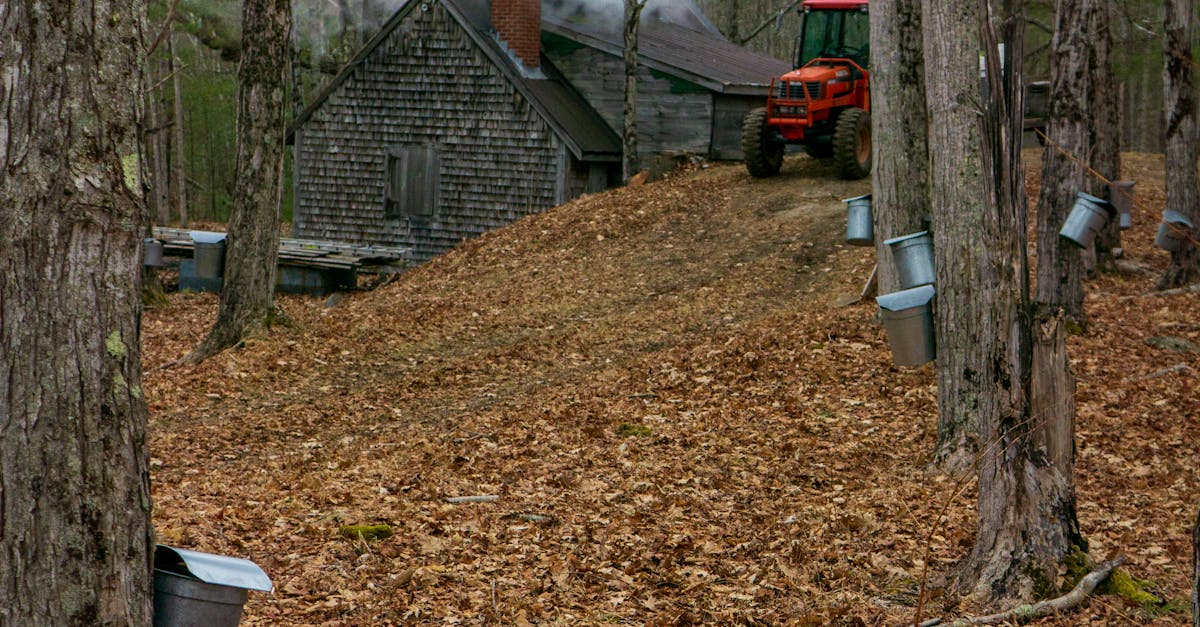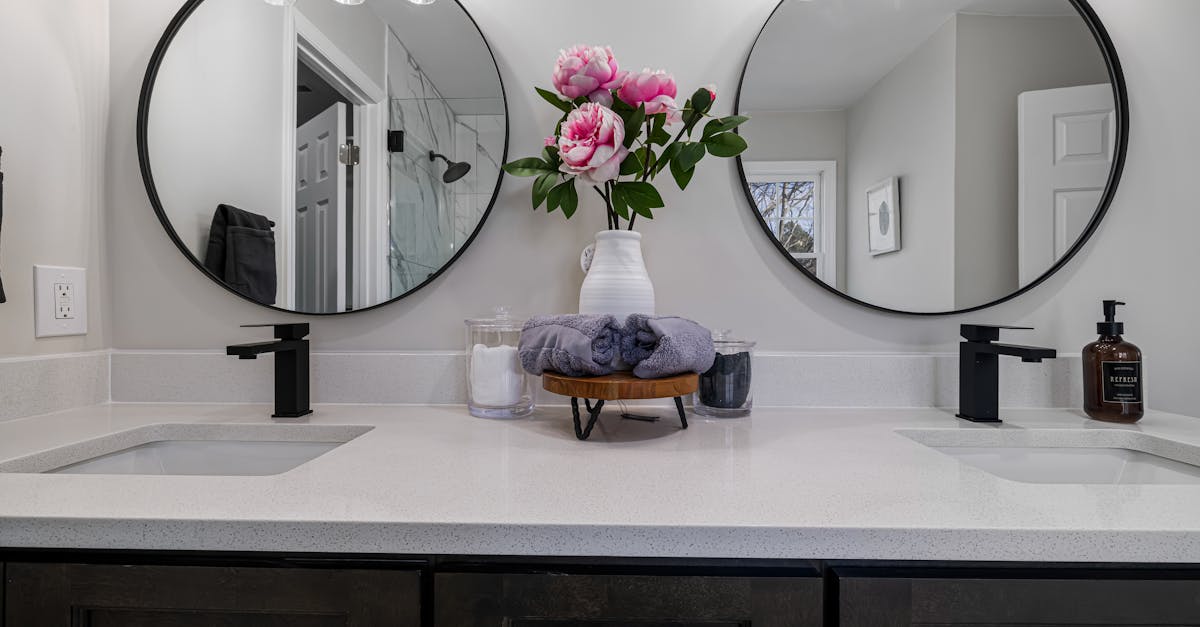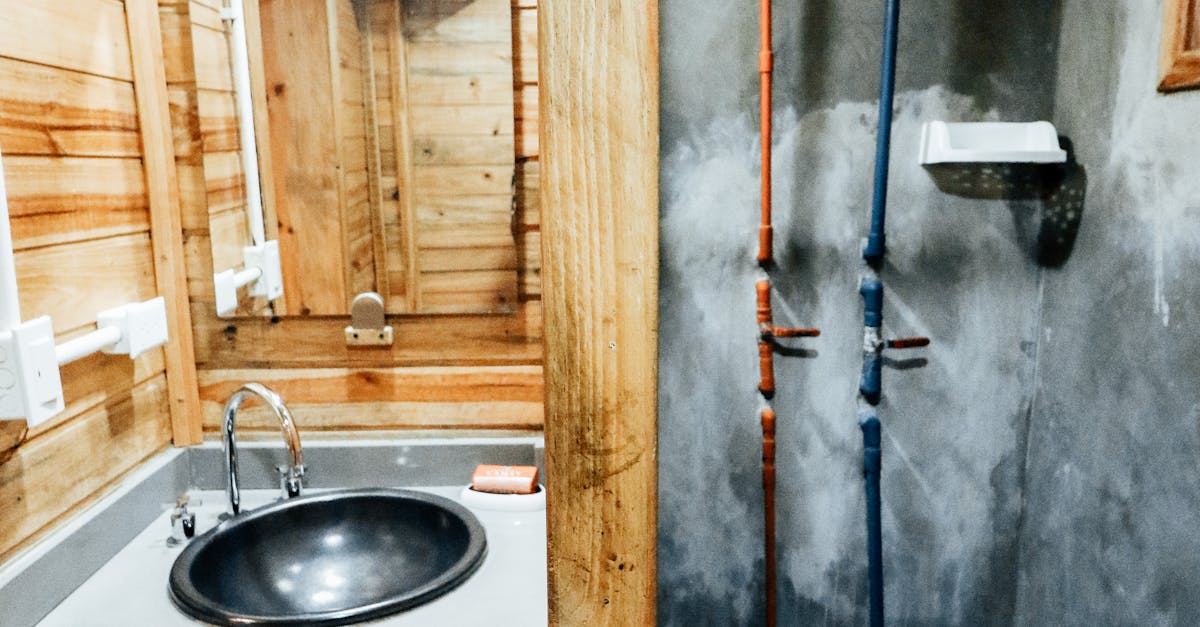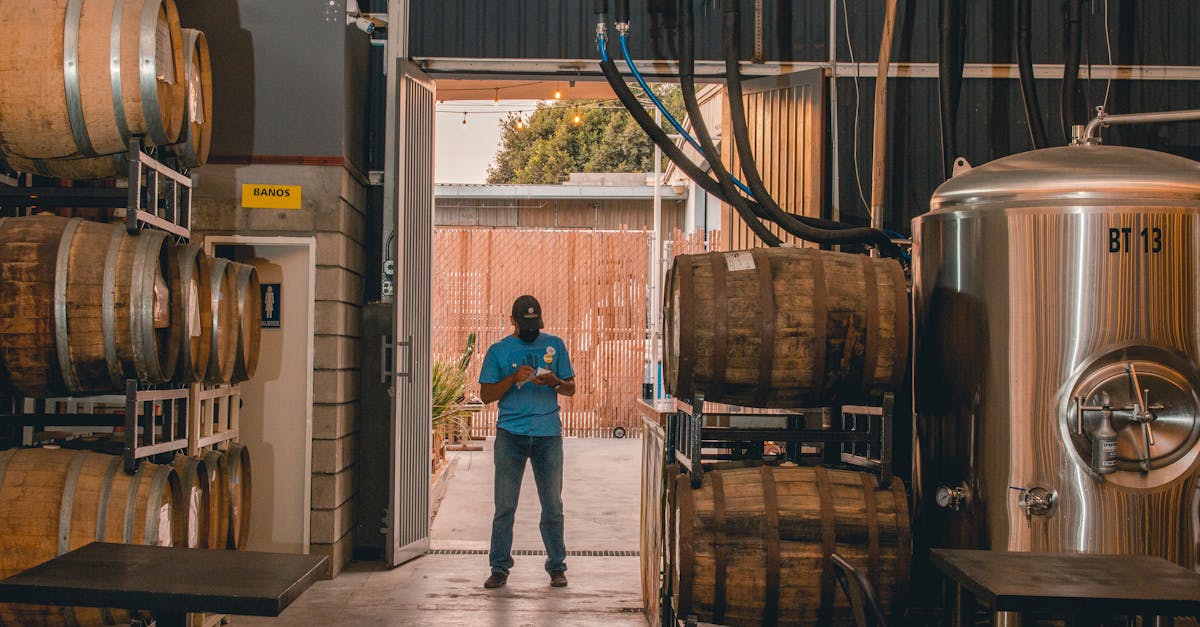
Table Of Contents
DIY Maintenance Tips for Taps
Regular maintenance can prevent many common issues, including leaking taps. Start by checking the tap handles and aerator for debris or mineral buildup. A simple clean can enhance water flow and prevent unnecessary leaks. Ensure the water supply to the tap is turned off before carrying out any maintenance to avoid unexpected messes.
Inspecting the condition of the washers and O-rings is crucial for maintaining tap functionality. Over time, these components can wear out, leading to leaking taps. Replacing damaged washers or seals can often resolve drip issues effectively. Always use the correct size and type when replacing parts to ensure a proper fit and prevent further complications.
Regular Checks and Cleaning
Regular maintenance is crucial for preventing leaking taps. Establishing a routine of checking your taps can help identify any wear and tear before it escalates into bigger issues. Look for signs of corrosion or mineral buildup around the base or spout. Cleaning these areas regularly can prevent blockages and prolong the life of your taps. Cleaning tools such as a soft brush or cloth can effectively remove debris without causing damage.
Additionally, it’s essential to inspect the washers and seals inside the tap. Over time, these components can wear down, leading to leaks. A simple disassembly of the tap to check for faults and replacing worn parts can make a significant difference. Doing this regularly ensures that any potential dripping is addressed promptly, maintaining the function and efficiency of your plumbing system.
The Role of Plumbing Seals
Plumbing seals play a crucial role in maintaining the integrity of your tap system. These seals are designed to prevent water from escaping and are situated at various points within the tap mechanism. Over time, wear and tear can lead to the failure of these seals, resulting in leaking taps. The damage may stem from regular usage, exposure to harsh chemicals, or even aging materials, which can compromise their effectiveness.
Understanding the different types of seals used in taps can aid in fixing leaks more efficiently. O-rings and ceramic discs are common components found in many modern taps. When seals become damaged or degraded, they can no longer provide a tight seal, leading to persistent dripping. Regular inspections and timely replacements of these seals can help you address leaking taps before they escalate into more significant plumbing issues.
Understanding ORings and Seals
O-rings and seals play a crucial role in the proper functioning of taps. These components are designed to create a watertight seal, preventing leaks and ensuring that water flows only when the tap is turned on. Over time, these materials can wear out or become damaged due to various factors, such as corrosion, mineral buildup, or simply age. When O-rings or seals fail, they can lead to leaking taps, which not only wastes water but can also cause further plumbing issues.
Understanding the materials used in O-rings and seals is essential for effective maintenance. Most are made from rubber or silicone, each material having its own set of properties that affect durability and resistance to different conditions. Regular inspection can help identify worn parts before they lead to leaking taps. Replacing damaged O-rings and seals as part of routine maintenance can save homeowners from more extensive repairs and higher water bills in the long run.
Impact of Temperature Changes
Temperature fluctuations can have a significant effect on your taps. When exposed to extreme heat or cold, the materials used in taps may expand or contract. This movement can loosen fittings or damage seals, leading to leaks. Addressing these issues promptly can help prevent further damage and costly repairs.
Leaking taps can be particularly problematic in colder climates. Freezing temperatures may cause pipes to contract, increasing the risk of cracks. This stress on the plumbing system means that regular maintenance becomes essential, especially during seasonal transitions. Keeping an eye on tap functionality can save you from the hassle of more extensive plumbing work down the line.
How Heat and Cold Affect Taps
Temperature fluctuations can have a significant impact on the performance of taps. When exposed to heat, materials such as rubber and plastic may expand, leading to deformation of seals and O-rings. This alteration can create gaps, allowing water to escape from the tap, contributing to the problem of leaking taps. Conversely, cold temperatures can cause materials to contract, potentially leading to brittleness and cracking in seals over time.
In addition to wear and tear caused by thermal expansion and contraction, temperature changes can also affect water pressure. During warmer months, increased water pressure can lead to leaks if taps are not properly maintained. This scenario makes regular checks essential to address any signs of leaking taps promptly. Understanding how environmental factors influence tap performance is crucial for effective maintenance.
FAQS
Why is my tap dripping even though it’s turned off?
A dripping tap often indicates a worn-out washer, O-ring, or seal that needs replacing. It can also be due to sediment buildup or a faulty valve.
How can I stop my tap from dripping?
To stop a dripping tap, identify the type of tap you have, then turn off the water supply and replace worn components like washers or O-rings. You may also need to clean or replace the cartridge for cartridge taps.
What are O-rings, and why do they matter?
O-rings are circular seals used in taps to prevent leaks. If an O-ring becomes damaged or worn, it can cause water to seep out, resulting in a dripping tap.
How do temperature changes affect my tap?
Extreme temperature changes can cause materials to expand and contract, potentially leading to leaks or drip issues in taps, especially if seals or components are already worn.
When should I call a plumber for a dripping tap?
If you’ve tried DIY fixes and the tap continues to drip, or if you notice signs of water damage or pressure issues, it’s best to call a plumber for professional assistance.
